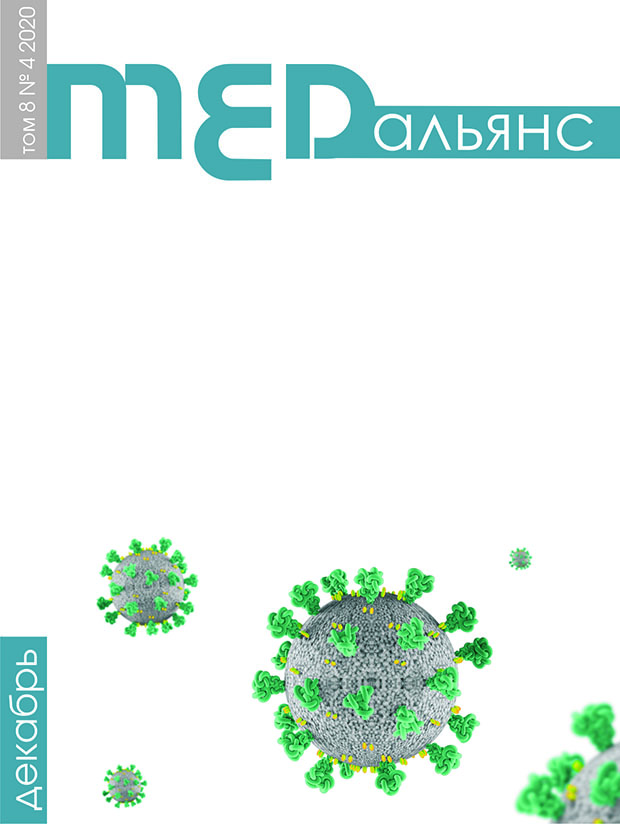Abstract
The endobronchial valve block (EVB) improves the treatment results of destructive pulmonary tuberculosis (PT), but is accompanied by exclusion of the corresponding lung part from the breathing act. Data on the lung function against the EVB background in PT patients are scarce.
Objective: to evaluate the ventilation and diffusion lung capacity in patients requiring EVB and the dynamics of functional parameters against the endobronchial occlusion background.
Materials and methods: 78 patients (from 18 to 81 years of age) with destructive pulmonary tuberculosis were observed (spirometry, diffusion lung capacity DLCO, and body plethysmography) before EVB. 28 patients have undergone lung function tests against the background of endobronchial occlusion.
Results: Lung function testing before the endoscopic stage of treatment showed that in patients with destructive pulmonary tuberculosis, the obstructive variant of ventilation disorders prevailed (63%); while restrictive (6%) and mixed (9%) variants were less common. Ventilation disorders were not detected in 22% of the examined patients. Decrease in pulmonary gas exchange was seen in the absolute majority of the examined patients (86%), including patients with normal lung ventilation. Against the background of endobronchial occlusion, there was a significant decrease in airway parameters (FEV1 decreased to 0.3l, Rtot was 25% higher than the predicted value), decrease in vital capacity (to 0.2l), increase in the residual volume of the total lung capacity (+ 5.1% of predicted value). Only 28.6% of the examined patients had a decrease of DLCO, 60.7% had no significant changes in the pulmonary gas exchange, and 10.7% had an increase of DLCO. The dynamics of most parameters of ventilation and gas exchange in the early (up to 6 weeks) and late periods of EVB (6–8 months) did not differ significantly.
Conclusion: Endobronchial occlusion leads to up to a 10% decrease of airway patency and vital capacity compared to baseline. A decrease in the main ventilation characteristics was observed both in the early and later stages of EVB, without significantly affecting the diffusion lung capacity.

